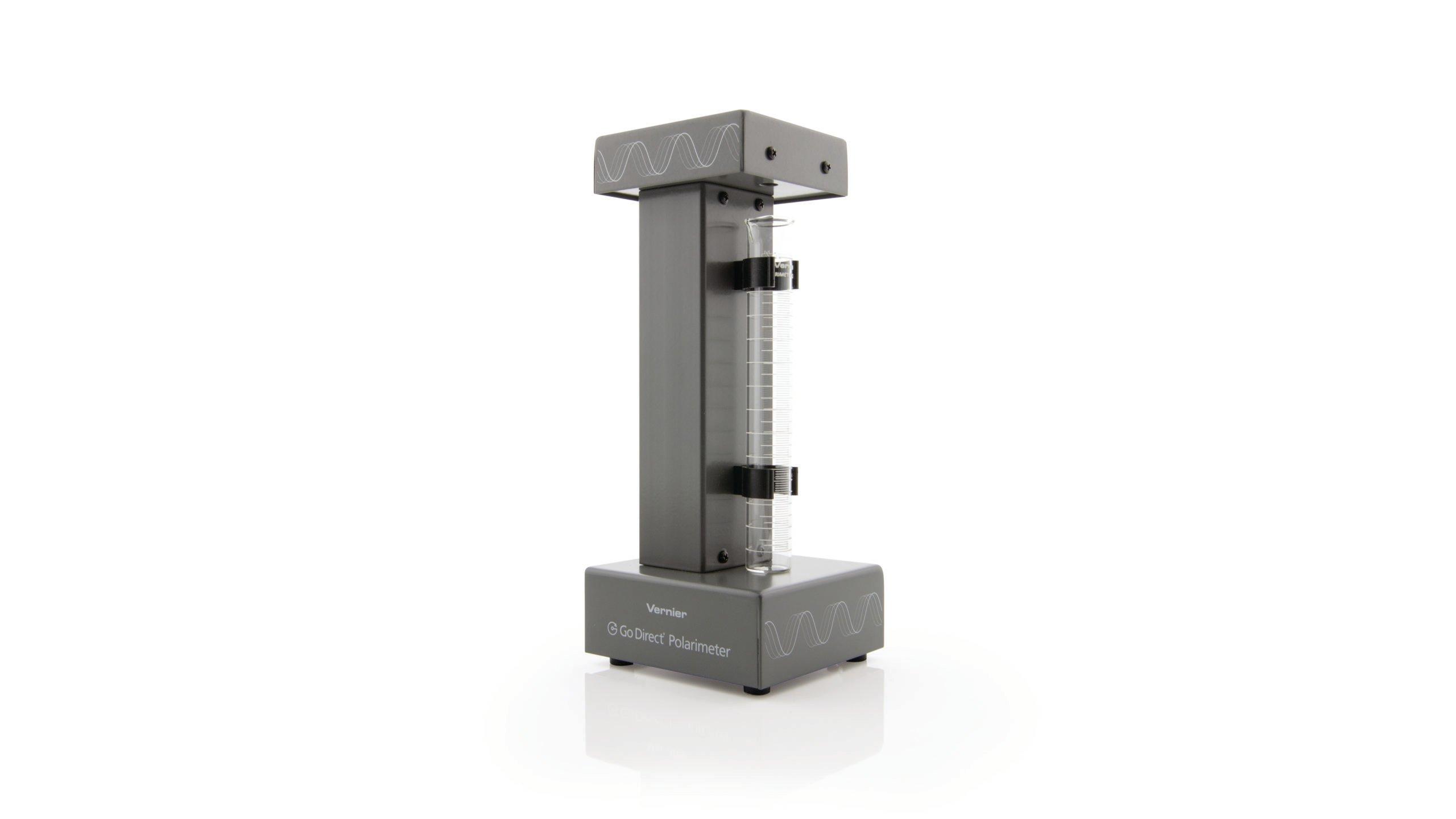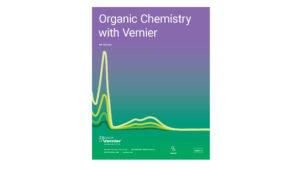Analysis of Natural Products
Experiment #25 from Organic Chemistry with Vernier
- Education Level
- College
Introduction
Natural products are compounds produced by living organisms. A great deal of exploration has been done involving the use of natural products in pharmaceutical drug discovery and drug design. Identification and analysis of natural products from organisms is an important part of modern organic chemistry.
Many natural products have chiral centers making them optically active. Determination of the optical activity of a compound using polarimetry allows the user to determine various characteristics, including the identity, of the specific chemical compound being investigated. A compound will consistently have the same specific rotation under identical experimental conditions. To determine the specific rotation of the sample, use Biot’s law:
α = [α] ℓ c
where α is the observed optical rotation in units of degrees, [α] is the specific rotation in units of degrees (the formal unit for specific rotation is degrees dm-1 mL g-1, but scientific literature uses just degrees), ℓ is the length of the cell in units of dm, and c is the sample concentration in units of grams per milliliter.
This experiment allows you to investigate various natural products and their reactions using polarimetry.
Objectives
In this experiment, you will
- Determine the stereoisomeric form of tartaric acid using a Polarimeter.
- Isomerize (–)-menthone into (+)-isomenthone and observe the polarimetric changes between the two compounds.
- Differentiate between two commercial compounds containing different enantiomers of carvone using boiling point, odor, and polarimetry.
- Measure the observed rotation of neat carvone samples.
- Determine the enantiomeric excess of each carvone in the store-bought natural oil samples.
Sensors and Equipment
This experiment features the following sensors and equipment. Additional equipment may be required.
Option 1

Option 2

Ready to Experiment?
Ask an Expert
Get answers to your questions about how to teach this experiment with our support team.
- Call toll-free: 888-837-6437
- Chat with Us
- Email support@vernier.com
Purchase the Lab Book
This experiment is #25 of Organic Chemistry with Vernier. The experiment in the book includes student instructions as well as instructor information for set up, helpful hints, and sample graphs and data.

